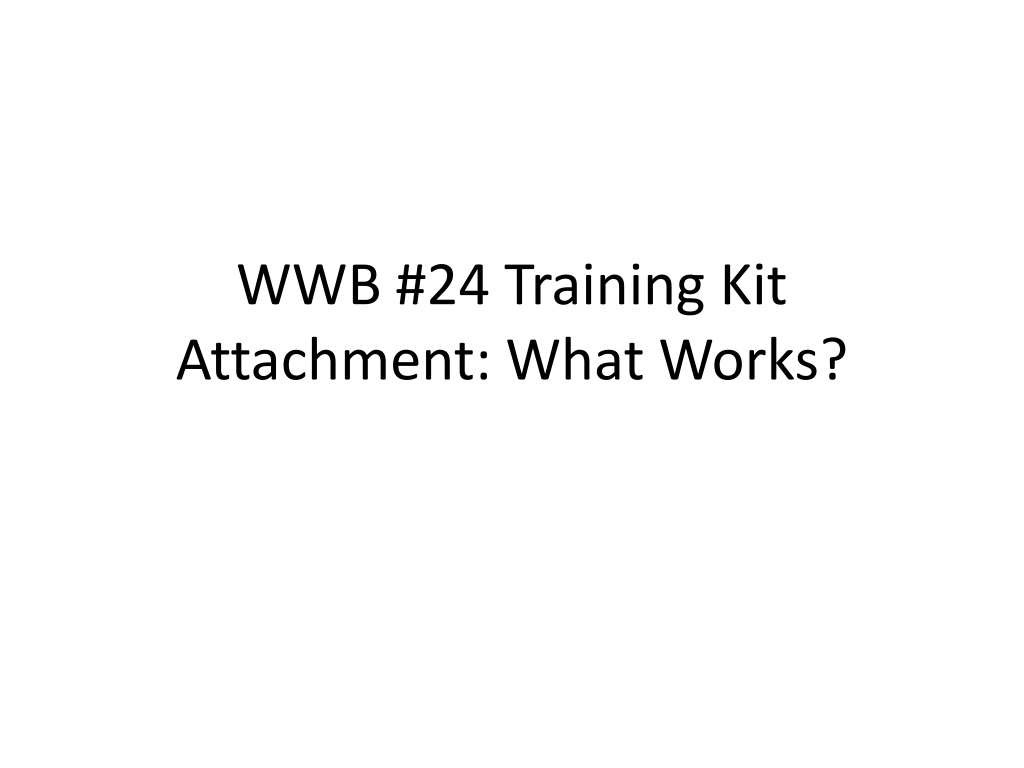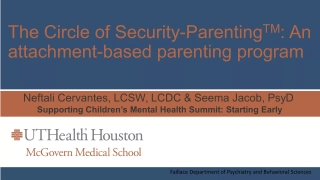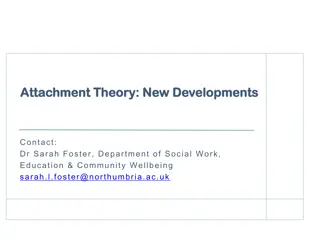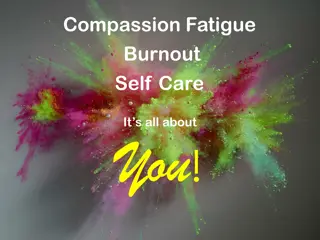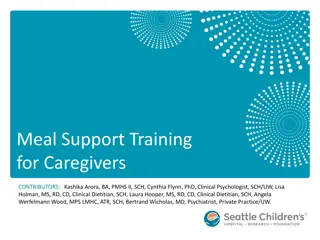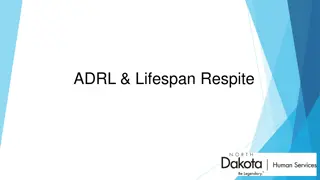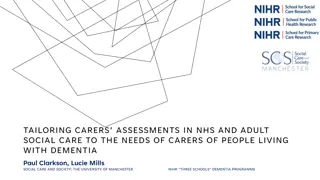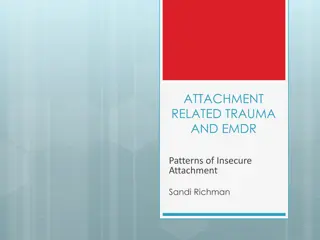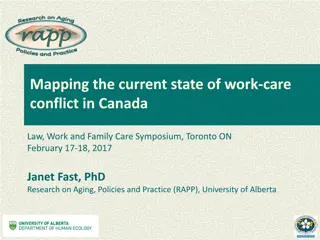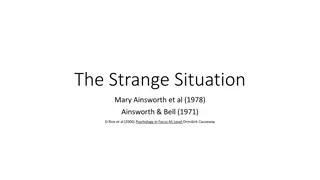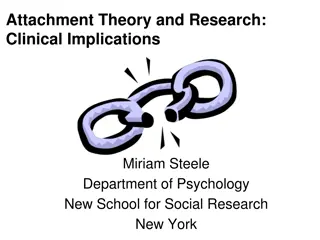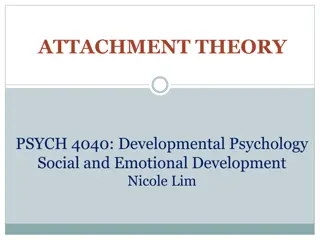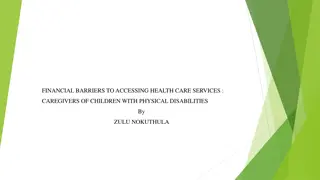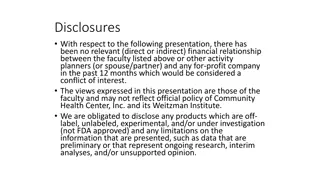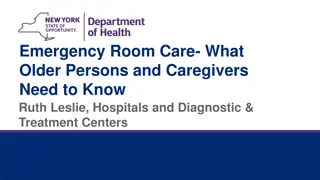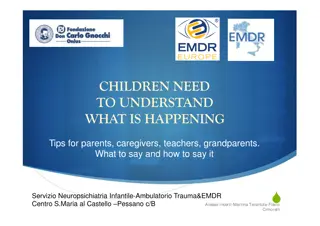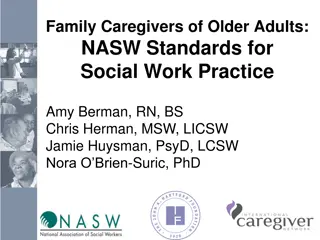Understanding Attachment in Young Children and Caregivers
Attachment plays a crucial role in the development of young children, shaping their sense of security and emotional well-being. Secure relationships help children manage emotions and foster healthy identities, while insecure attachments may lead to behaviors like inhibition of exploration and difficulty regulating emotions. Supporting parent-child relationships is essential in promoting secure attachments, enhancing parental confidence and providing additional support when needed.
Download Presentation

Please find below an Image/Link to download the presentation.
The content on the website is provided AS IS for your information and personal use only. It may not be sold, licensed, or shared on other websites without obtaining consent from the author. Download presentation by click this link. If you encounter any issues during the download, it is possible that the publisher has removed the file from their server.
E N D
Presentation Transcript
WWB #24 Training Kit Attachment: What Works?
Attachment What is attachment? Why is it important for young children and caregivers?
What Is Attachment? The continuing and lasting relationships that young children form with one or more adults. Attachment refers especially to one aspect of the adult-child relationship: the child s sense of security and safety when in the company of a particular adult. Importantly, individual children, and children from different cultures and family backgrounds may show secure and insecure attachment differently.
Why Is Attachment Important? Within secure relationships, children learn how to manage their strong emotions and reactions and develop their identities. Infants and toddlers thrive when most or all of their relationships with adults in their lives are secure.
Activity Pair-Think-Share Make a list of child behaviors associated with secure and insecure attachment Secure Attachment Relationships Insecure Attachment Relationships
Characteristics of Children with Insecure Attachment Relationships Behave as if they know that adults are inconsistently or seldom available. Stay close to an adult to get their needs met, inhibiting their exploration of their environment. Do not seek adult help to deal with emotions when distressed. Hide strong feelings; withdraw to avoid distressing events or to organize their emotions. Seem disorganized and confused about how to behave in relationships.
Characteristics of Children with Secure Attachment Relationships Trust that their physical needs will be met by adults. Trust that adults will be emotionally available. Learn to communicate in a variety of ways. Begin to manage (self-regulate) their strong reactions and emotions with adult help.
Fostering the Parent-Child Relationship Help parents feel competent and confident in their parenting (e.g., notice and describe when parents are warm, responsive, and nurturing with their child; help parents recognize their strengths as parents). Provide extra support to parents when needed, such as when child illness, behavior, disability, or temperament may be challenging.
Fostering Secure Relationships with the Child Be warm, responsive, and affectionate with all children; read and respond to children s cues (e.g., smiling, reaching to indicate they want interact, pulling away to indicate a break in interaction is needed, showing sadness). Engage in meaningful conversational interactions with children; take turns speaking. Be physically and emotionally available as children explore their environments; provide hugs, encouragement. Consistently comfort children when they are distressed.
Fostering Secure Relationships with the Child Be an enthusiastic learning partner (e.g., help child with problem solving, follow child s lead). Let children know that you will provide them with a safe environment and demonstrate safe behavior (e.g., show a child how to gently touch a peer). Provide consistency in personnel, time and space for 1:1 adult-child relationships; allow caregivers and teachers to move with a group of children to a new room as they develop. Develop program policies to refer families to appropriate mental health support as needed.
Activity What Would You Do? Marla, a 9-month-old, was startled when a parent entered the room. After falling off of a low bench, Devon, an 18- month-old, ran across the playground appearing to not know what to do.
Pre-Training Survey What is attachment? Why is it important to children s development? What are two characteristics of secure and insecure child attachment? What strategies can caregivers use to foster secure attachment relationships with children?
